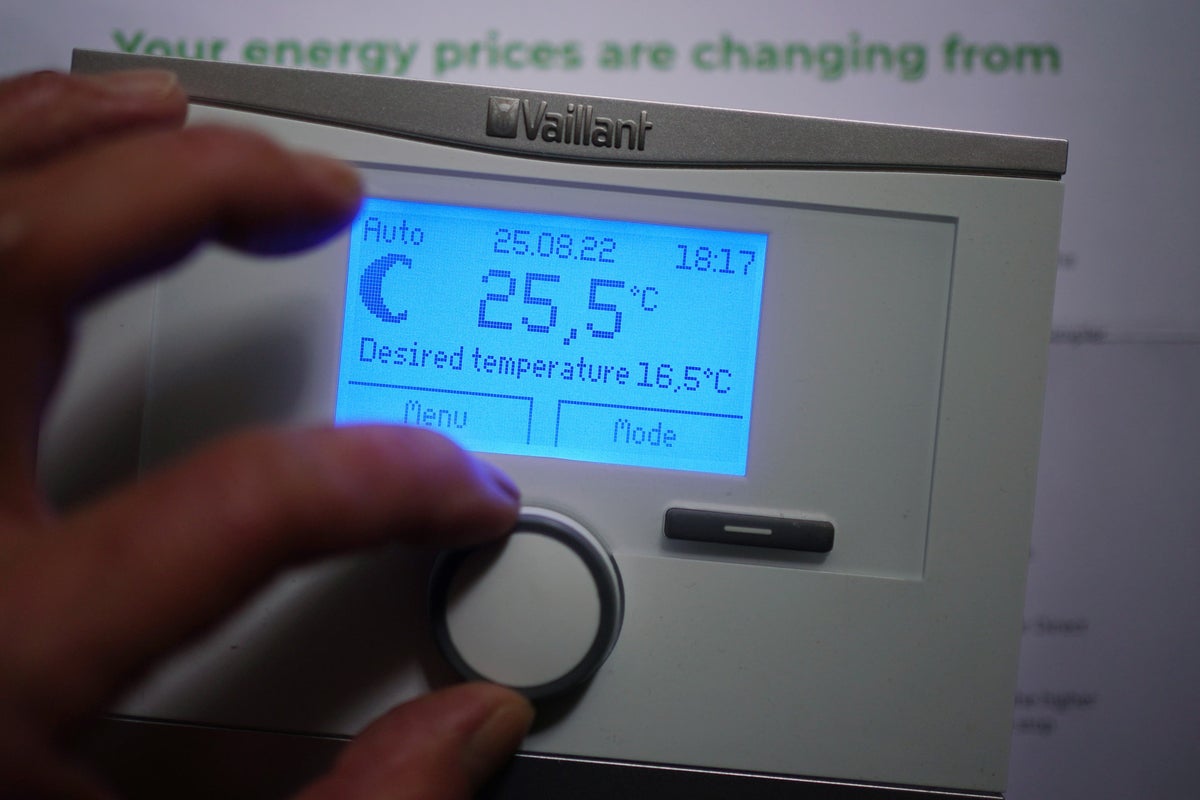Energy market needs more time-based tariffs, Ofgem boss tells MPs


The energy market needs more complex time-based tariffs to encourage consumers to use power at different times, Ofgem has said.
The regulator’s chief executive, Jonathan Brearley, told MPs that the tariffs would in some cases “dramatically reduce bills”.
The tariffs, also called time-of-use (TOU) tariffs or multi-rate tariffs, offer cheaper electricity at times when there is lower demand on the National Grid.
Asked to respond to concerns raised that Ofgem has not moved quickly enough towards a more competitive market since the energy price crisis, Mr Brearley told the Energy Security and Net Zero Committee: “We are seeing switching grow, and certainly grow from levels seen in the crisis.
“Latest figures is about 35% of customers are on fixed tariffs, so tariffs that they’ve gone into the market to find. That is still not where it was pre-crisis but it’s not a million miles away either. So we are seeing the fixed term market grow.”
He added: “I think there are two principal concerns though. So first of all is how we continue to make sure that the market is dynamic, and I’d like to see more people switching, but the second, I think most importantly, is we are coming to a point where we want more complex time-based tariffs out in the market because we want to encourage customers to use their power at different times.
“Now I think there is a real question for all of us as to how you allow customers to be able to understand those tariffs and understand what’s good for them.
“And look, it isn’t simple, so I’m not coming here saying we’ve got a perfect answer, but we do need people to at least have the option to be able to manage their own energy use, because it’s good for them – that will in some cases dramatically reduce bills – but it’s also good for the system that we’re trying to build.”
Ofgem’s state of the market report earlier this year revealed a sharp rise in smart time-of-use tariffs over the past year.
The report, which summarises the retail energy market for domestic consumers, noted that the uptake of smart time-of-use tariffs has increased by 75% in the past year, which Ofgem attributed primarily to the rise in electric vehicle (EV) ownership driving demand for more cost-effective charging solutions.
While the market penetration of smart time-of-use tariffs still only sits at around 2.3% of the retail energy market, the 75% rise seen was driven almost entirely by EV-specific tariffs, which grew by 107% in the past year, compared to a 7% rise in other time-of-use smart tariffs.
Around 62% of home EV charge points make use of an EV tariff.
The report also noted that the rise in smart tariff usage could be driven by the increasing use of smart meters, which promote awareness of energy costs at different times.
According to the regulator, smart meters are present in 65% of homes and 61% of businesses, with around 90% of installed smart meters currently operating in smart mode, something that Ofgem states it is undertaking compliance action with suppliers to address.
Asked if he had any plans to introduce more competition to the market, Mr Brearley said: “That will include for example implementing the long-awaited half hourly settlement, so we can now settle every half hour – that is on track for the revised timetable I think for next year.
“We are thinking hard about how we regulate in that market and we are seeing these tariffs emerge.
“The balance we have and what we’re trying not to do is to over-regulate a sector that is new and therefore prevent some of the innovation that we need.
“I think it’s an area where we need to see the retail companies begin to innovate, and we are seeing some of them doing that.”
Asked if he had any concern that such tariffs would benefit the “digitally savvy” and leave behind other, potentially more vulnerable customers, he said: “I think that’s always going to be a concern and I think we have to be thoughtful about how we are going to support vulnerable customers to be able to make this transition.”
He added: “The way I see it is for those customers who don’t feel they can engage, that’s where the price cap comes in, that’s where we need to regulate.”







